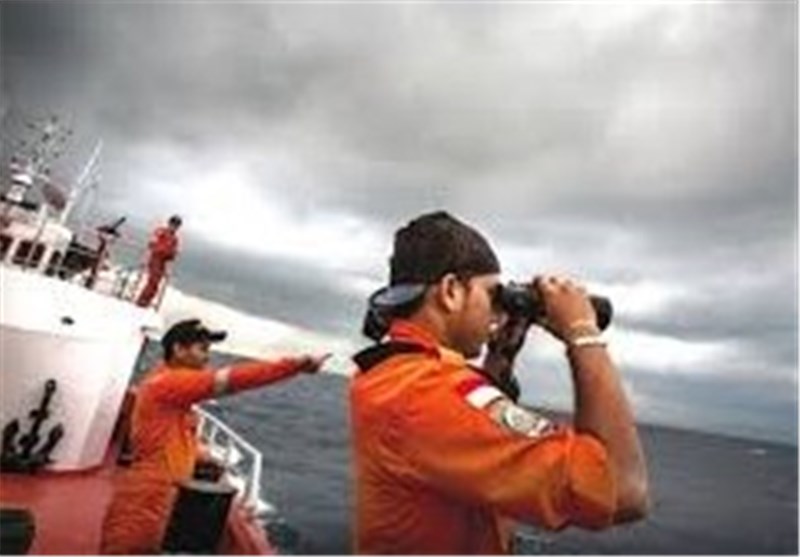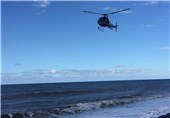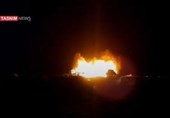Search for MH370 May Ramp Up Soon with New Sonar Equipment
TEHRAN (Tasnim) - The deep sea hunt for the missing Malaysia Airlines jetliner will likely include cutting-edge sonar equipment when it ramps up again in October after the stormy southern hemisphere winter has passed, the Australian search leader said Wednesday.
The Australian Transport Safety Bureau, which oversees the recovery operation on Malaysia's behalf, has been criticized by some deep-sea salvage experts for not choosing synthetic aperture sonar, or SAS, from the outset of the search for Flight 370 that began far off the west Australian coast in October last year.
With the standard side-scan sonar that has been used to scour half the search area so far, the sonar image of a seabed feature becomes less clear the farther it is away. With SAS, the sonar image remains sharp regardless of the feature's distance, the Associated Press reported.
Martin Dolan, the bureau's chief commissioner, said negotiations are underway to hire SAS equipment to add to a fourth ship that would join the search during the approaching summer, with the aim of combing the entire 120,000-square kilometer (46,000-square mile) search area in the Indian Ocean by the middle of next year.
Only two ships have continued the search through the harsh winter months using standard side-scan sonar.
"Our preference would be to get synthetic if we can, but we can make use of conventional side-scan," Dolan said.
"The advantage of synthetic is that you can get greater resolution, so it helps in those areas that require closer examination," he said.
Fugro Survey Pty. Ltd., the Dutch underwater survey company hired by Australia to search for the plane that vanished on March 8 last year with 239 people aboard, has defended its use of traditional side-scan sonar. Fugro search director Paul Kennedy has described SAS as developing technology with some questions about its reliability.
Critics fear that aircraft wreckage several hundred meters (yards) from traditional side-scan sonar transponders could be invisible. Fugro points to its success in March in finding a 19th century ship wreck more than 300 meters (900 feet) from a sonar transponder as proof that their equipment works.
The search has covered more than 60,000 square kilometers (23,000 square miles) of seabed, focusing on flat and featureless expanses where the expensive sonar equipment can be towed quickly with less risk of crashing into underwater mountains.
But the searched area includes holes that searchers describe as "data gaps due to shadows caused by geological features." These sonar shadows have been catalogued and will be searched later before any seabed is declared free of wreckage.
Dolan said these shadows will be searched in detail from October by an underwater drone equipped with a video camera. The so-called autonomous underwater vehicle has spent the winter at the Australian port city of Fremantle because it does not cope well with mountainous winter seas.
He hopes SAS will also be used to search shadows. But even without SAS, he expects the search will be completed by June or July if wreckage is not found.
Senior government officials from Australia, Malaysia and China - which lost 153 Chinese citizens in the disaster - are to meet in Australia next month to discuss the future funding of the search.
So far, the underwater search has cost 80 million Australian dollars ($57 million), with the Australian and Malaysian governments splitting the cost. China refused in June a request to pay a third.
Malaysia has so far committed to spending a total of AU$43 million. Australia expects the search will cost another AU$80 million in the fiscal year that started July 1, and hopes Malaysia will again pay half.






